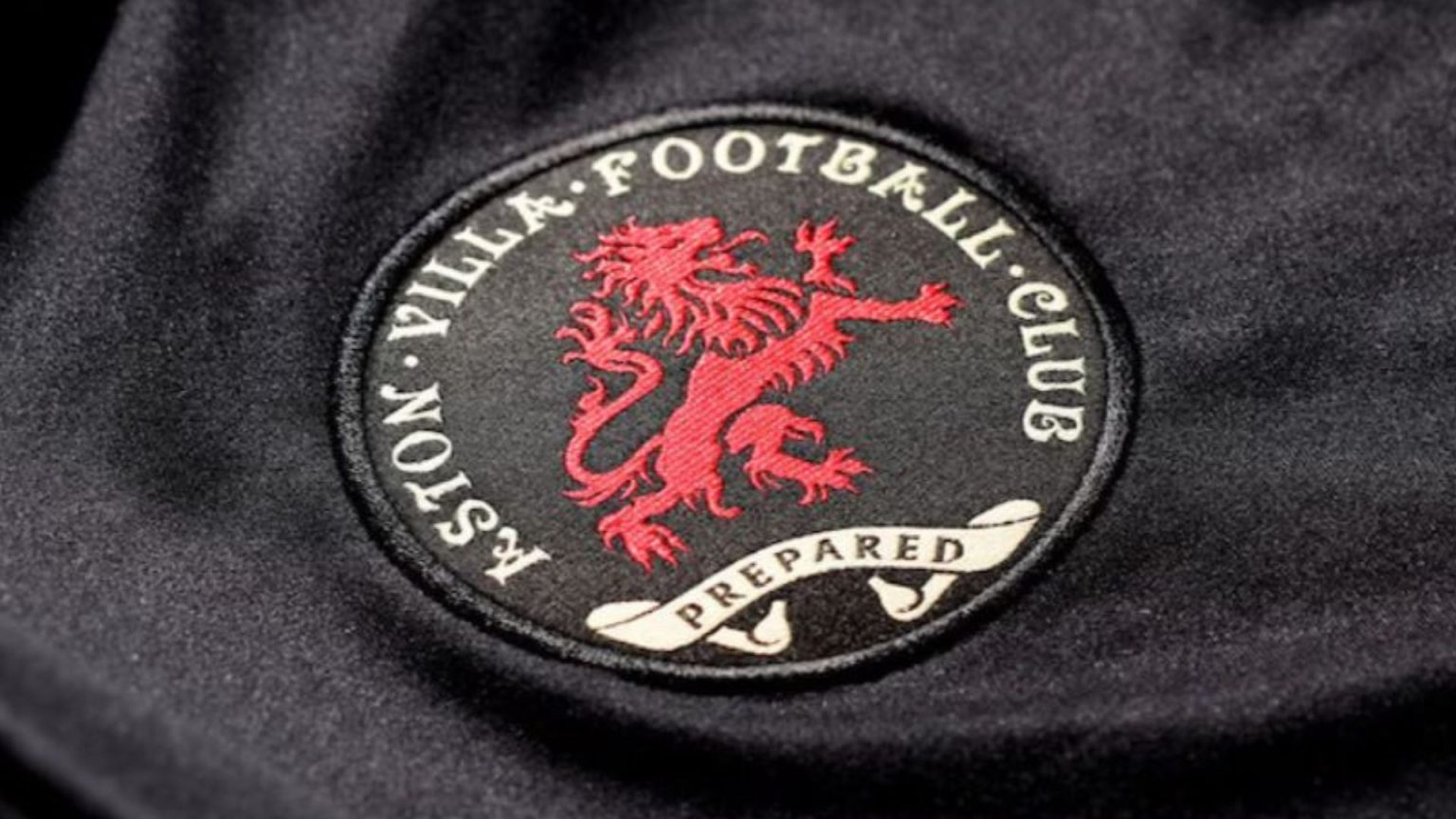Aston Villa, a club steeped in footballing history, marked their 150th anniversary with a unique tribute during their FA Cup third-round clash against West Ham United at Villa Park. Donning an all-black kit, a stark departure from their traditional claret and blue, the Villans harkened back to their inaugural color scheme, a symbolic nod to the club’s humble beginnings and remarkable journey through English football history. This commemorative strip, worn for a single game, offered a powerful visual representation of the club’s rich heritage, transporting fans back to the foundational years of Aston Villa’s legacy.
The decision to wear all black was more than just a stylistic choice; it was a deliberate homage to the club’s first recorded fixture, which occurred almost exactly 150 years prior to the FA Cup tie. This historical connection added an extra layer of significance to the occasion, transforming the match into a celebratory event that resonated with both the club and its supporters. The all-black ensemble served as a tangible link to the past, reminding everyone of the long and storied history that has shaped Aston Villa into the club it is today.
Adding to the historical authenticity of the kit, the design incorporated several key elements inspired by the club’s early years. Most notably, the shirt featured a redrawn version of the original Scottish lion crest, the first-ever crest worn by a UK football team in 1878. This meticulously recreated emblem, stripped of modern embellishments, captured the essence of the club’s origins and demonstrated a deep respect for its traditions. Furthermore, the commemorative strip was devoid of any front sponsors, further enhancing its vintage aesthetic. Principal partners Betano and Trade Nation graciously relinquished their branding space for the match, allowing the club to fully embrace the historic look and emphasize the significance of the anniversary.
The symbolic details of the anniversary kit extended beyond the crest and the absence of sponsors. An additional symbol, inspired by the iconic stained-glass windows of Villa Park, adorned the front of the shirt. This subtle yet meaningful touch reinforced the connection between the club, its home ground, and its rich history. The inclusion of this architectural element served as a visual reminder of the enduring legacy of Villa Park, a ground that has witnessed countless memorable moments throughout the club’s 150-year existence.
The unveiling of the all-black kit also offered a compelling narrative around the match itself. While the FA Cup tie held its own importance, the anniversary celebration provided an added dimension to the fixture, drawing attention to the club’s enduring presence in English football. For Aston Villa, managed by Unai Emery, the match presented an opportunity to build momentum amidst an up-and-down Premier League season. Fresh off impressive performances in the Champions League, Emery sought to use the FA Cup as a platform to galvanize his squad and further solidify their playing style.
Meanwhile, West Ham United, under the newly appointed management of Graham Potter, arrived at Villa Park eager to make a statement. Potter, replacing the recently dismissed Julen Lopetegui, was tasked with rejuvenating the Hammers after a challenging period. The FA Cup tie against Aston Villa presented Potter with his first opportunity to imprint his philosophy on the team and demonstrate his managerial prowess. While the historical significance of Villa’s anniversary undoubtedly took center stage, the match itself promised a compelling contest between two teams aiming to progress in the prestigious cup competition. The clash between Emery’s Aston Villa and Potter’s West Ham, set against the backdrop of Villa’s 150th anniversary, offered a unique blend of historical commemoration and contemporary footballing drama.




